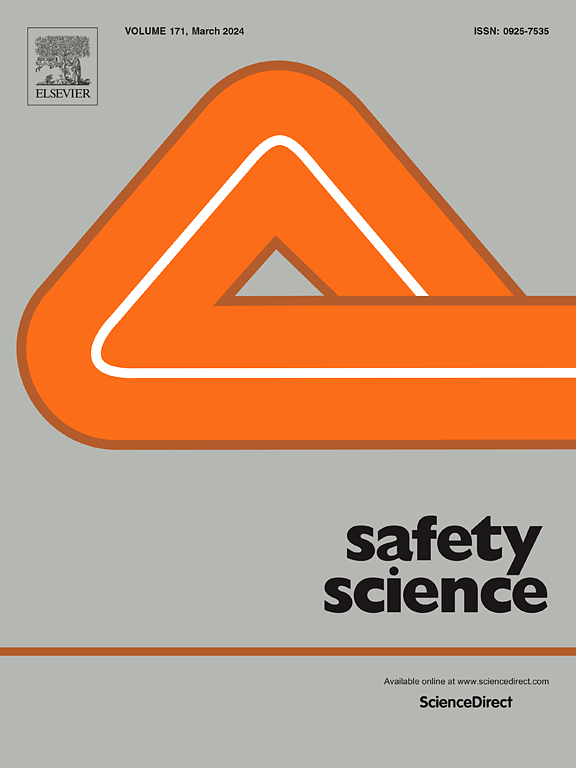基于用户的城市开放空间公共安全培训虚拟现实的沉浸度评估
IF 4.7
1区 工程技术
Q1 ENGINEERING, INDUSTRIAL
引用次数: 0
摘要
在安全相关领域越来越多地使用VR(虚拟现实)培训工具,促使科学界探索评估其在不同沉浸程度下的有效性的方法。虽然在医疗保健、交通运输、农业、航空、采矿、消防和建筑等领域进行了大量研究,但有一个领域仍未得到充分探索,即对公众进行风险培训,以应对室内和室外建筑环境中的自然灾害和人为灾害。在此背景下,本文旨在验证根据严肃游戏(SG)方法开发的城市开放空间VR多风险(热浪和地震)训练原型。为了解决其广泛采用的见解,VR-SG进行了三种模式的比较测试:传统的视频录制,非沉浸式桌面,沉浸式耳机。关于知识获取和向扩展语境的转移以及用户体验的反馈问卷的输出表明,知识获取的有效性在头戴式耳机和视频、桌面和视频之间存在显著差异,但在头戴式耳机和桌面之间没有显著差异。此外,虽然耳机在参与性、感知有用性和真实感方面优于桌面,但在易用性方面却落后于桌面。最后,进一步分析了按年龄、开放式答案的内容、游戏中的错误和管理程序划分的培训结果,支持了针对VR进行公共安全沟通的关键方面的讨论。本文章由计算机程序翻译,如有差异,请以英文原文为准。
On the user-based assessments of virtual reality for public safety training in urban open spaces depending on immersion levels
The increasing use of VR (Virtual Reality) training tools in safety-related fields has prompted the scientific community to explore methods for assessing their effectiveness across different levels of immersion. While numerous studies have been conducted in sectors such as healthcare, transportation, agriculture, aviation, mining, firefighting, and construction, one area that remains underexplored is risk training for general public against natural and man-made disasters in both indoor and outdoor built environments. In this context, the paper aims at validating a prototype for VR multi-risk (heat wave and earthquake) training in urban open spaces that was developed according to a Serious Game (SG) approach. To address insights on its extensive adoption, the VR-SG was tested for comparison of three modes: traditional by video recording, non-immersive by desktop, immersive by headset. Outputs from feedback questionnaires on knowledge gain and transfer to expansive contexts, as well as on user experience, suggest that the effectiveness of knowledge acquisition differs significantly between headset and video, as well as between desktop and video, but shows no significant difference between headset and desktop. Additionally, while headset outperforms desktop in terms of engagement, perceived usefulness, and realism, it falls behind in ease of use. Finally, further analyses on training outcome by age, contents of open-ended answers, in-game errors and administration procedures supported the discussion of key aspects in targeting VR for public safety communication.
求助全文
通过发布文献求助,成功后即可免费获取论文全文。
去求助
来源期刊

Safety Science
管理科学-工程:工业
CiteScore
13.00
自引率
9.80%
发文量
335
审稿时长
53 days
期刊介绍:
Safety Science is multidisciplinary. Its contributors and its audience range from social scientists to engineers. The journal covers the physics and engineering of safety; its social, policy and organizational aspects; the assessment, management and communication of risks; the effectiveness of control and management techniques for safety; standardization, legislation, inspection, insurance, costing aspects, human behavior and safety and the like. Papers addressing the interfaces between technology, people and organizations are especially welcome.
 求助内容:
求助内容: 应助结果提醒方式:
应助结果提醒方式:


